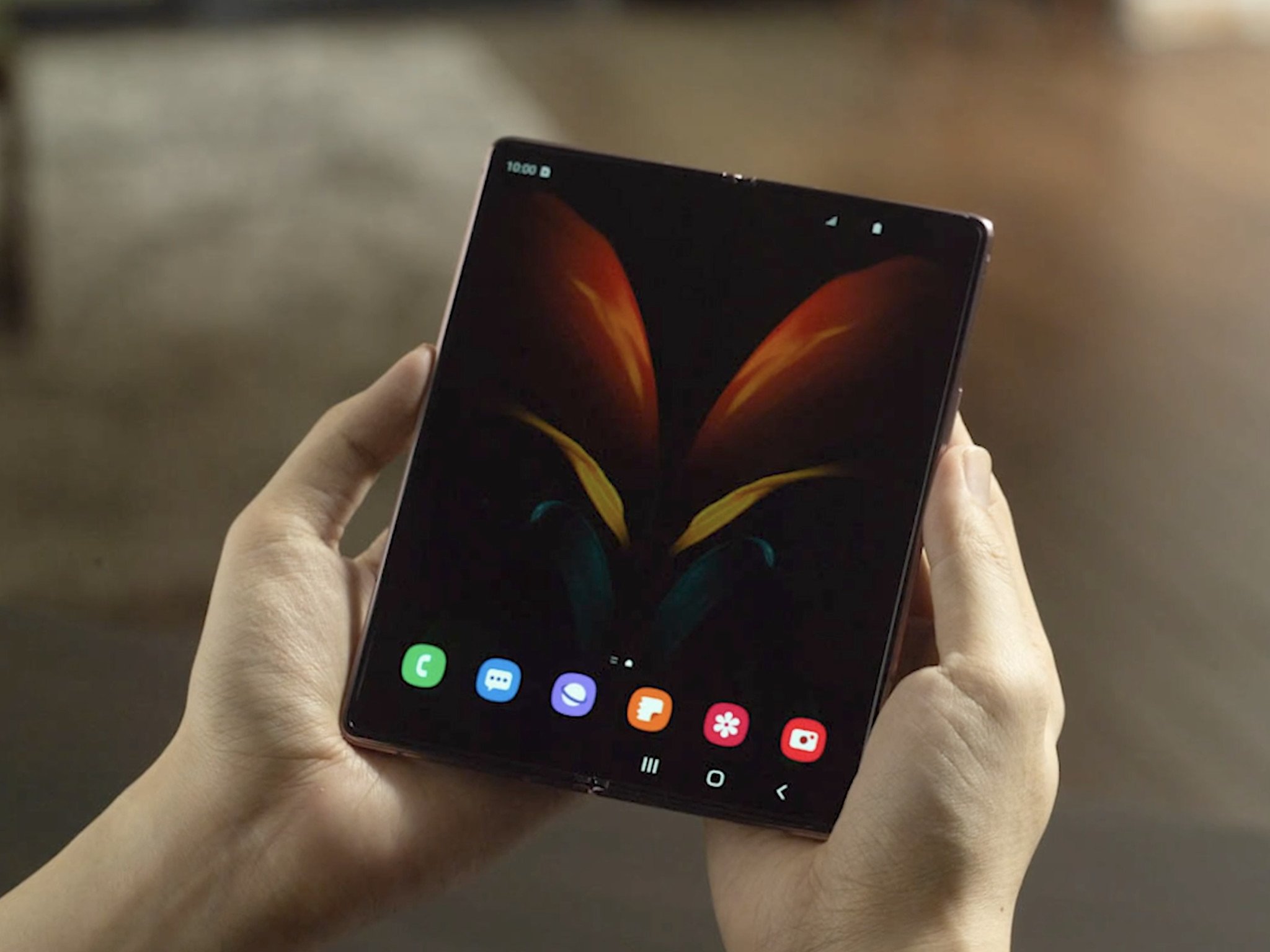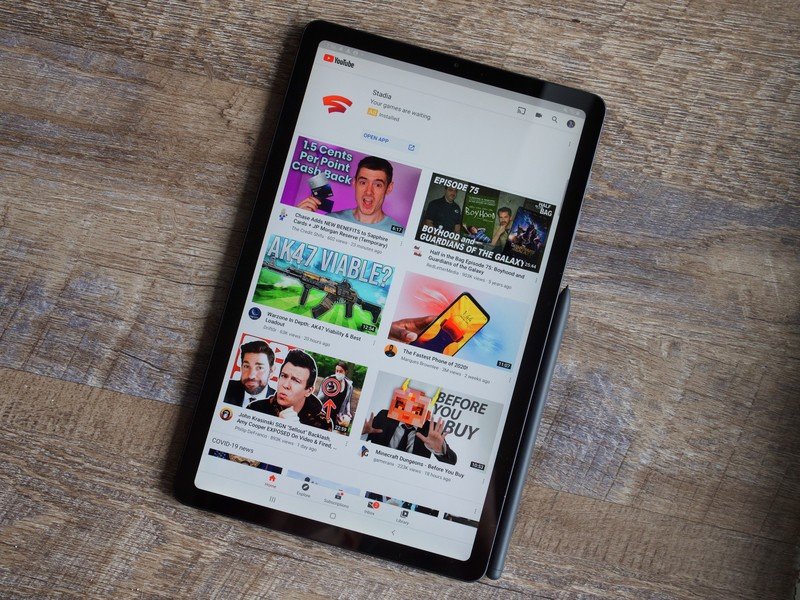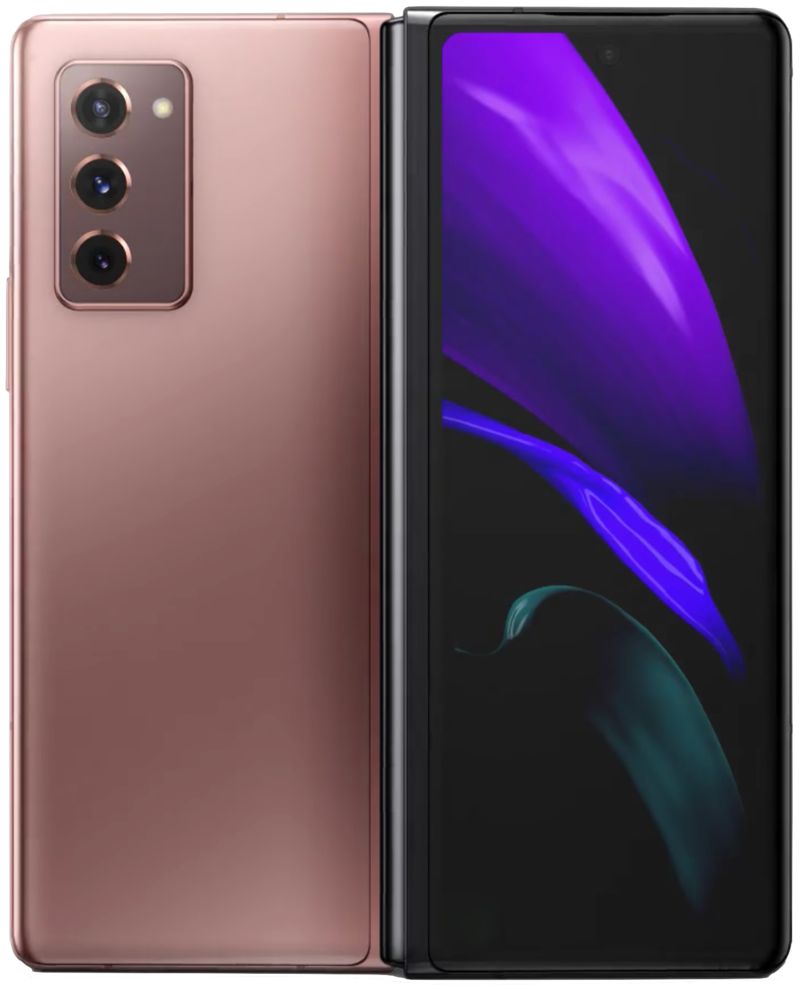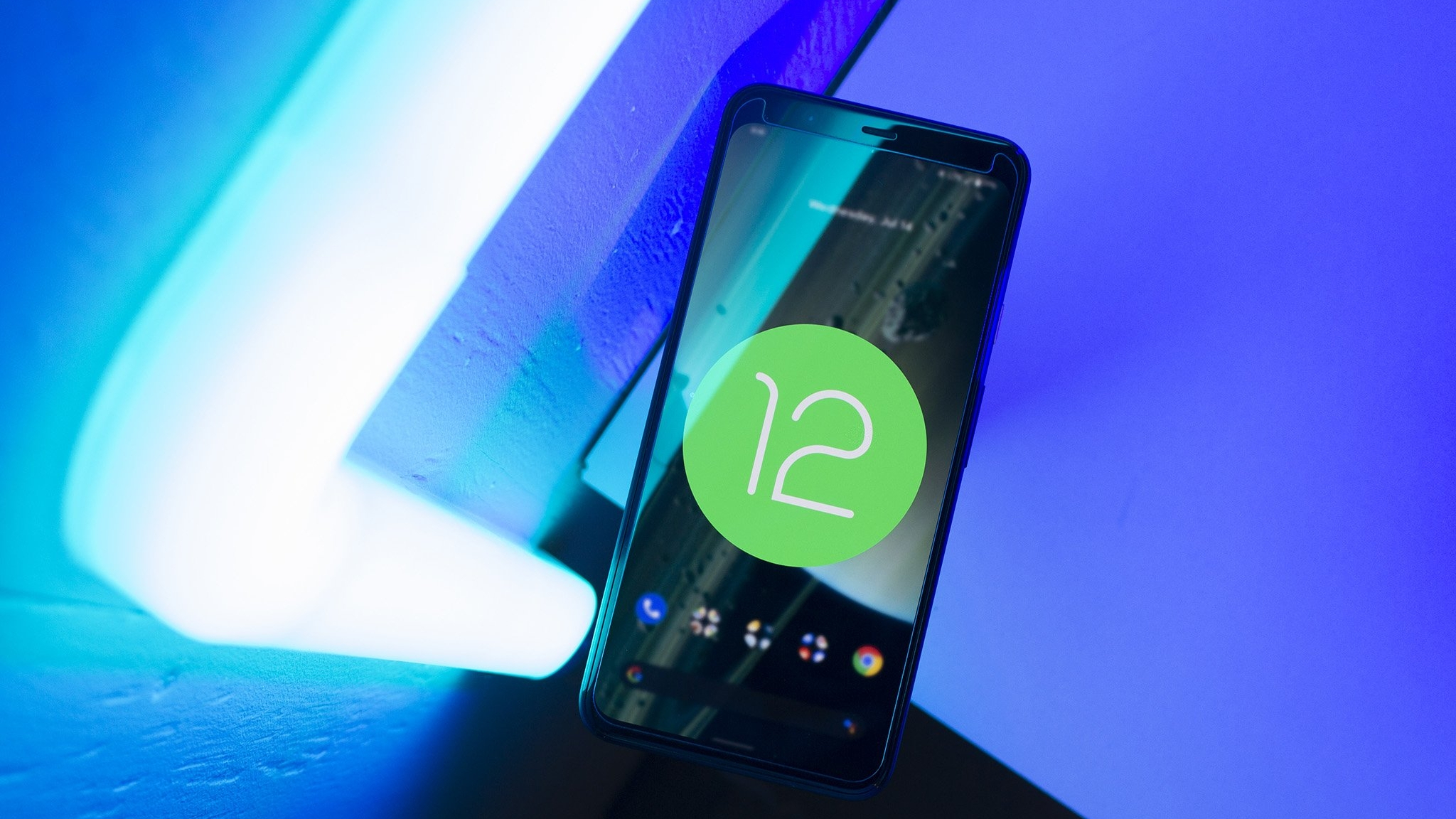The biggest downfall of the Z Fold 2 is completely out of Samsung's control

Even if you have zero interest in the Galaxy Z Fold 2, you have to admit it sure looks nice. Not just the phone itself, either, but the way Samsung's demonstration showed us apps that could resize on the fly, break themselves into different parts for each side of the screen, and automatically transition from the front display to the inner display.
YouTube and Microsoft Office looked great on the Z Fold 2. Will Instagram?
But there is the rub. Samsung showed off a handful of Google's apps (Google helped with building Android to work this way on Samsung's foldable phones), Microsoft's apps (also a big partner), and Spotify. How will all the rest of the apps in Google Play work?
I'm almost certain that Samsung will have all its ducks in a row and the company's first-party apps like the browser, the messaging app, email, etc. will work "properly" and do the same things that the YouTube app and Microsoft's Office apps will as you use the phone in different ways. But what about Instagram? Or Twitter? Or Facebook? Or whatever apps you use every day? We have no idea.
I'm not very optimistic here, and I only need to look back at how Android tablets have "progressed" on the app front since their debut almost 10 years ago. Things are not great. In fact, they are so bad that Google has basically ceded the tablet space away to Apple with Samsung being the only major holdout — because Samsung does the work to make its apps tablet-ready.
If tablet-optimized apps are any indication, a lot of the apps you use aren't going to work very well on the Z Fold 2.
This is not Samsung's fault, and it's mostly not Google's. Since the beginning, Android has been written in a way that apps can be resized to fit on any screen size, and year after year, we've seen Google provide more tools for developers to make their apps tablet-friendly. It kind of works if you only look at Google's own apps and the top 100 apps in the Play Store, but once you dive deeper, you'll find apps that force close when they try to open on a big screen or that run fine in the upper right corner leaving 80% or so of the screen empty.

If you use an Android tablet or even use Android apps on a Chromebook, you know what I mean here. They work, but many just don't work well. The Z Fold 2 brings more complexity into the mix, and even fewer apps will be optimized for continuity across multiple displays or showing different features and controls based on the display orientation/hinge angle.
There's not much Samsung or Google can do to fix it, either. Google could globally blacklist every app that isn't optimized from being installed on a tablet across the Play Store and face the backlash and inevitable accusations of market share abuse. Samsung could block access to any app that doesn't meet its standards the same way, and that means nobody would want a Galaxy foldable phone because the app selection would be trash.
Be an expert in 5 minutes
Get the latest news from Android Central, your trusted companion in the world of Android
Samsung may have to pay developers to get on board if it wants it's foldable line to inch towards the mainstream.
The one solution sucks for both companies — pay developers to rewrite their apps. Most apps in Google Play are free, and developers mostly struggle to make any money based on ads. This means a developer has zero incentive to spend money and time to rewrite an app just so it works on a series of phones that are not going to sell in any quantity. Paying the development costs (plus a bit of profit) creates that incentive.
Google isn't going to do this, or it would have done it long ago when the first Android tablets appeared or when Android apps came to Chromebooks. But I can see Samsung courting specific developers so that the best way to experience their apps is on a Galaxy Z Fold 2. Samsung has very deep pockets, and something of this nature could be easily justified as marketing costs, like paying a pro photographer to travel the world taking pictures with a specific phone is.
I don't want to dampen anyone's excitement for the Z Fold 2; in fact, if it weren't so expensive, I'd be very interested myself. I just can't help but point out a very big weakness that even the might of Samsung's corporate wallet can't fix — app quality on a very unique foldable phone.

The iconic foldable returns
Samsung is revolutionizing the folding space yet again with the Galaxy Z Fold 2. It retains the form factor of the original Fold, but comes with a few key upgrades. The cover display is much larger, the design is thinner, and the inner screen has a 120Hz refresh rate.

Jerry is an amateur woodworker and struggling shade tree mechanic. There's nothing he can't take apart, but many things he can't reassemble. You'll find him writing and speaking his loud opinion on Android Central and occasionally on Threads.
